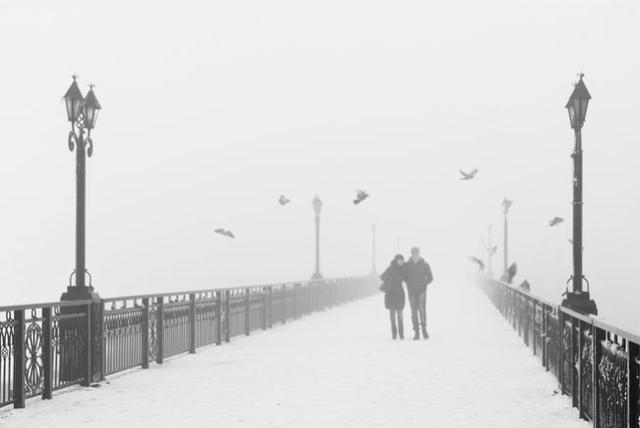The real reason for the silent effect of snow is based on physics: the shape of the snowflake itself, and the piles of snow formed after it falls.
Professor David Herring from the School of Engineering at the University of Kentucky said: “Snow has a unique structure, porous and multi-slit, like fibers and foam, while porous materials generally have a good sound absorption effect.”
We can hear sound because sound waves reflect into the human ear. When snowflakes pile up, there will be a big gap in between.
The sound waves are reflected many times in the snow piles, resulting in most of the energy loss, and the reflected ones will be less. Therefore, the human ears hardly hear any sound.
The more the snow falls, the more fluffy the snow pile, the larger the gap, and the stronger the sound absorption effect. Unless there is a strong wind and heavy snow, you will hear the “snow sound”.
Snow fell to cover cars and houses, just like a large muffled cotton covering the source of urban noise. David Herring stated that the evaluation coefficient of sound absorption is 0 to 1, while the sound absorption coefficient of snow is 0.5 to 0.9.
“This means that snow can absorb most of the sound.” David Herring explained.
Although human ears cannot hear it, animals that can hear the sound of snow, such as wolves, bats, and birds, are not as beautiful and artistic as symphony. When it snows, they usually have to retreat.
However, when the snow stopped, the wheels ran on the mud and the boots stepped on the ice, the noise in the city came back and the volume became even louder.
This is because although the soft snowdrift has excellent sound absorption effect, if the snow on the ground melts and freezes, the situation will change. Condensed slush and ice have a strong ability to reflect sound waves, so the sound will be clearer and spread farther.
Until the next snow comes, the world will be quiet again.






